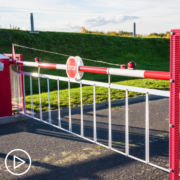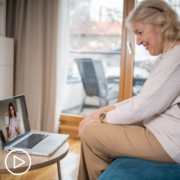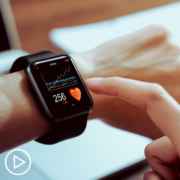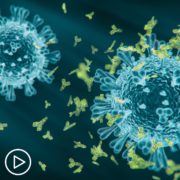How Can MPN Experts Help Inform Patients About Clinical Trials?
How Can MPN Experts Help Inform Patients About Clinical Trials? from Patient Empowerment Network on Vimeo.
What are optimal ways for myeloproliferative neoplasm (MPN) experts to inform patients about clinical trials? Expert Natasha Johnson shares how she prepares herself, her approach to informing patients, and how she reacts if she senses patient hesitancy.
[ACT]IVATION TIP
“…go on clinicaltrials.gov, search up MPN trials, and that will first clue you into could you be eligible and where are they being done. And then you can contact that center or ask about it where you’re being seen locally and just get information. You’re not committing to it completely. Minds can be changed at any time.”
Related Resources:

How Can MPN Providers and Patients Guard Against Disease Progression? |

|

|
Transcript:
Natasha Johnson:
As a provider of MPN patients, I first make sure that I am educated on what clinical trials are available and out there. And then when I see patients, I offer these options. I’m a strong, strong advocate for clinical trials because if it wasn’t for them, we wouldn’t have the medications that we have today. And just in the last several years, we’ve had many medications approved for MPNs that we didn’t have 15 years ago, and all that was done by clinical trials. I have on firsthand seen benefits of clinical trials.
So I strongly encourage patients to be a part of that. If there’s hesitancy from the patient or caregiver, I would take time to dig into that and help to answer or alleviate fears that come along with that. It’s important that the clinical trial coordinator who knows specific protocols of trials very, very well, they can come in the room or spend time on the phone with the patient to answer any questions, to alleviate fears and allow that opportunity if a patient is open and willing to do it.
So my activation tip would be first of all, go on clinicaltrials.gov, search up MPN trials, and that will first clue you into could you be eligible and where are they being done? And then you can contact that center or ask about it where you’re being seen locally and just get information. You’re not committing to it completely. Minds can be changed at any time. The clinical trials are greatly, greatly, greatly beneficial and as I said, we have what we have today because of patients who participated in clinical trials 10, 20 years ago and then have given these great opportunities to patients now.
Share Your Feedback
Create your own user feedback survey





















